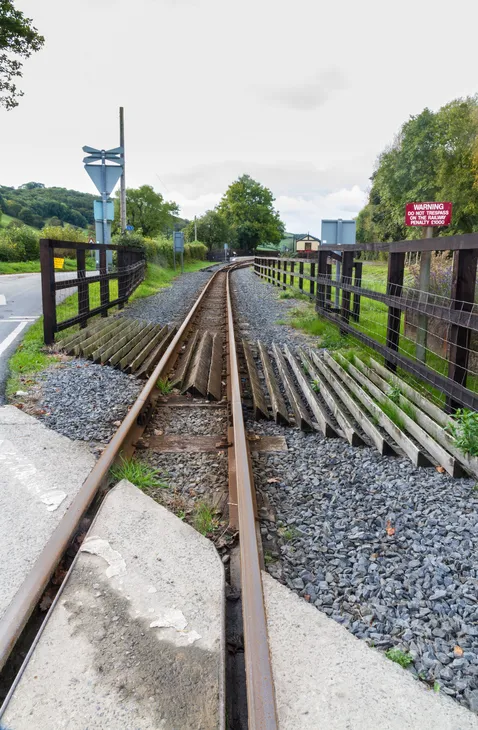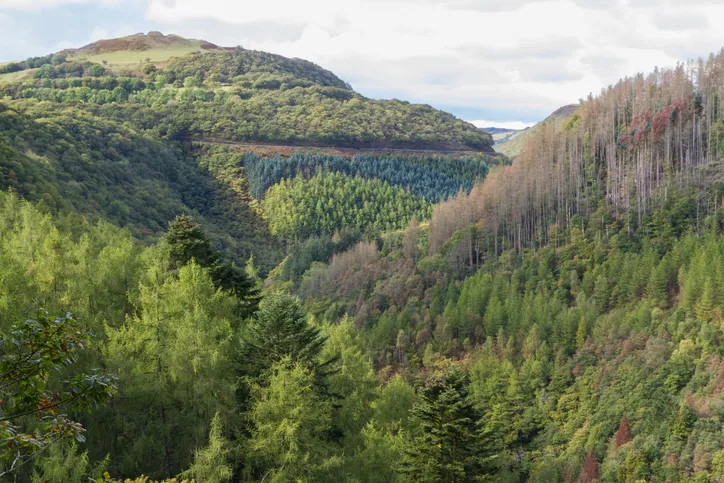The Vale of Rheidol Railway was opened in 1902 to export lead and timber, and to import passengers into the valley’s densely wooded heart.
These days, a journey on the steam train from Aberystwyth to Devil’s Bridge is still the best way to appreciate the extent of Cwm Rheidol’s woodiness.
Plan a day out in Cwm Rheidol, Ceredigion and take a ride on the Vale of Rheidol Railway and explore the beautiful Devil's Bridge with our handy guide.

From the moment you set off in a billow of cinders and steam, goat-willow, hazel and ash flash by in a smashed-orange blur. You travel east, ever-higher, climbing through precipitous slopes of old-gold beech, oak, birch and spiky green conifers, until the valley narrows and enfolds you into its flickering coppery canopy.

On arrival, passengers are still smitten by the Mynach Falls crashing into the gorge beneath the gloriously Gothic Devil’s Bridge. The woodland is, save the odd rhododendron, little changed since the retreat of the glaciers. It’s a land preserved by the vertiginous slopes, slender birch and lichen-fissured sessile-oaks. Epiphytes still reach for the light, just as they did 10,000 years ago when pine martens, another woodland wonder, were abundant.

Rare mammals return
Pine marten populations plummeted to unsustainable levels in the 19th and 20th centuries due to habitat loss and predator control by game-keepers. But they are thriving again, thanks to the Vincent Wildlife Trust and to careful woodland management elsewhere in the valley.
Like us passengers, pine martens also appreciate this sylvan vale, which is more arboreal in reality than a map suggests. On a map, the woody-green area around Devil’s Bridge extends west then dwindles and disperses so that Aberystwyth appears to be swaddled by paper-white fields. But many of the 59 pine martens brought to Cwm Rheidol from Scotland over the past three years have migrated west, rounded Aberystwyth, and travelled north to Snowdonia along the un-mapped woody corridors of railway track, field margins and river banks.

Pensive passage home
On your return journey from Devil’s Bridge, bewitched by steamy whistles and rocked by the rattle and shunt of rhythmic wheels, look over the river for a patch of ring-barked conifers by a lead-spoil tip above Cwm Rheidol Reservoir. It was just here, in this brilliant, gold wood, that, as if in approval of woodland regeneration, the first kit to the newly translocated pine martens was born.
